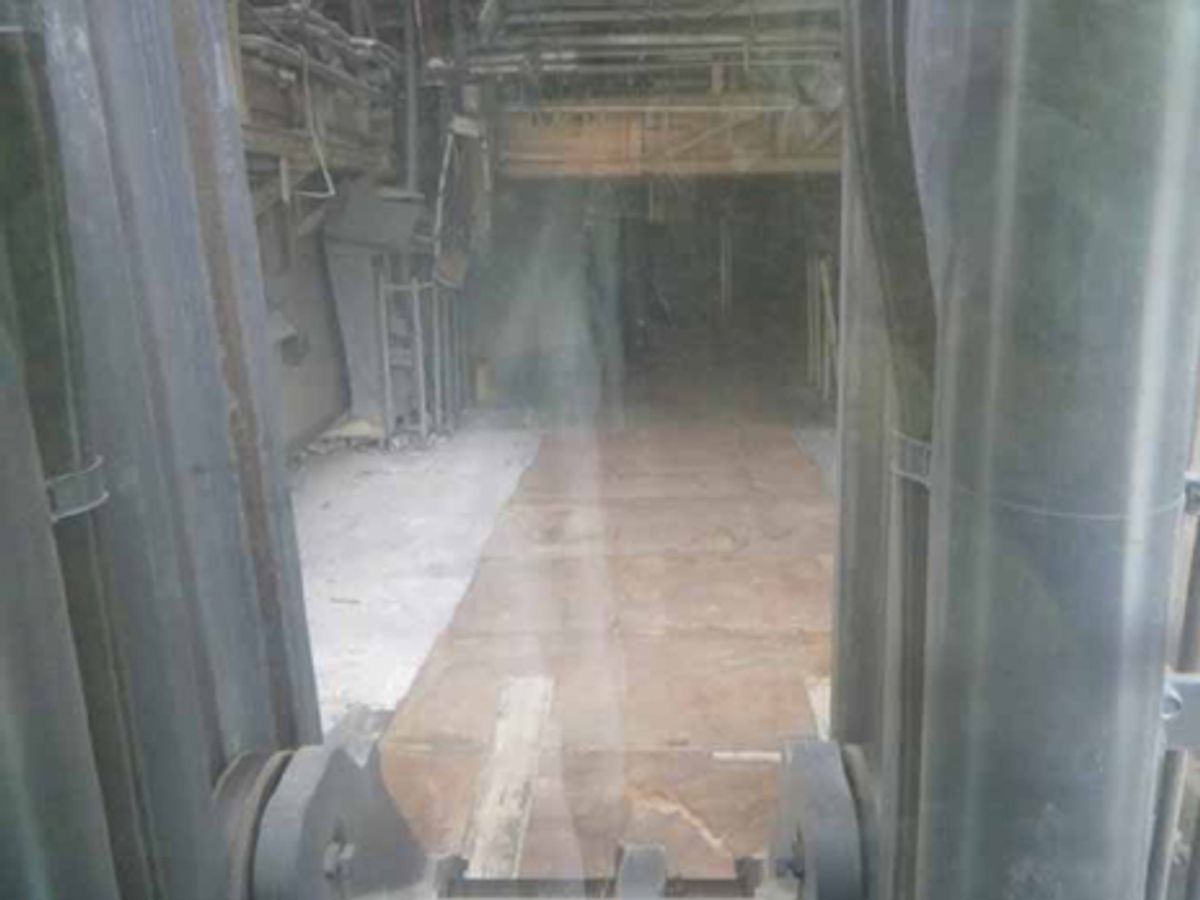Editor's Note: John Boyd is an IEEE Spectrum contributor reporting from Kawasaki, Japan. This is part of IEEE Spectrum's ongoing coverage of Japan's earthquake and nuclear emergency. For more details on how Fukushima Dai-1's nuclear reactors work and what has gone wrong so far, see our explainer and our timeline.
Faced with a summer heat and a big portion of its nuclear generators idled, the Japaneses government put a power usage cut of 15 percent into effect on 1 July. The cut is mandatory for large-scale users in Eastern Japan. Households and small businesses are also being asked to reduce their use of electricity by the same amount, but the cut is not legally binding on them.
The government order affects customers of Tokyo Electric Power Co. (TEPCO) and Tohoku Power Co. whose electricity contracts are for 500 kilowatts or more. A fine of up to 1 million yen ($12 500) could be imposed on corporations found intentionally violating the order. The reduction applies to electricity use between 9 a.m. and 8 p.m. on weekdays and will continue through 22 September.
To set an example, some government ministries are cutting power usage by between 20 to 25 percent, while the Environment Ministry is targeting a reduction of 28 percent.
Power companies in other regions are also urging users to reduce consumption as well.
The purpose of the measure is to cope with peak summer demand and reduce the need for rolling blackouts due to possible electricity shortages as a result of the accident at the Fukushima Dai-1 nuclear plant. A TEPCO official told Spectrum that, “In principle, we are not planning blackouts. But of course if demand exceeds our capacity, we will have no choice.”
To meet the government figure a number of major companies have changed work schedules. Some are starting work earlier and finishing earlier to make use of the cooler daylight hours; others are working on weekends and taking days off during the week; others still, Toshiba Corp. is one example, are taking additional holidays off in July, August, and September and will reduce the length of winter holidays to compensate.
The effort appears to be working. Even though temperatures rose to almost 34 degrees on July 1 in Tokyo, TEPCO recorded a peak demand of about 42 million kilowatts at 2 p.m., compared to 49 million kilowatts at the same time one year ago. That’s a decrease of roughly 15 percent, even though temperatures were about 3 degrees higher this year.
With two-thirds of Japan’s 54 nuclear reactors idle for various reasons, including periodic maintenance inspections, power companies in other regions are also asking users to curb electricity usage. Though a number of these reactors are now ready to come back on line, local and prefectural governments where the plants are located— who have a say in the matter—are reluctant for operations to resume, given the disaster that has befallen the Fukushima plant.
After lobbying by central government officials, including a visit from the minister of Economy, Trade and Industry (METI) Banri Kaieda, the mayor of Genkai town in Saga Prefecture, Kyushu, southern Japan, gave his approval last week for restarting two reactors at the Genkai nuclear plant. He is the first local government official to do so, but agreement must also be sought from the Saga Prefectural governor before the reactors can be restarted.
Progress at Fukushima
Meanwhile, TEPCO continues its efforts to bring the three crippled reactors under control and can point to some success. Since last week it has been using purified water from its ad-hoc water decontamination system to cool the three reactors. The system hit a glitch Monday morning when water flowing into the No. 1 reactor began decreasing, possibly because of debris in the decontamination system, but the problem was quickly fixed after the pressure was increased, and the flow is reportedly back up to 3.7 metric tons per hour. As of late Tuesday afternoon a company official said, “the system is running smoothly.”
TEPCO continues to inject nitrogen into the Nos. 1 and 2 reactors to prevent the risk of further hydrogen explosions, but it has been prevented from doing so in the No. 3 reactor because high radiation levels in the reactor building have prevented workers from entering for any length of time. On Monday workers began laying down three tiers of 20-mm-thick steel plates over the floor there , in an attempt to improve working conditions. An official said they expected the radiation level to decrease by two-thirds as a result and will send a robot in on Tuesday to measures the radiation. Providing the radiation has decreased sufficiently, workers will begin inspecting pipes on Wednesday as a first step toward nitrogen injection.




